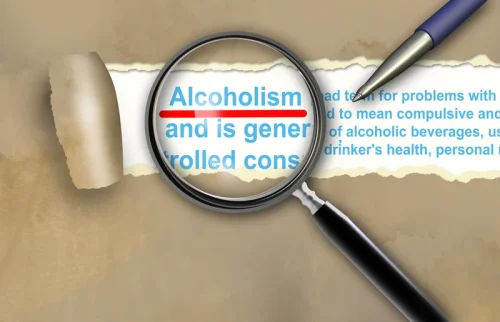
There is evidence that drugs which block the opioid neurotransmitters, such as naltrexone, can reduce the reinforcing or pleasurable properties of alcohol and so reduce relapse in alcohol-dependent patients (Anton, 2008). Alcohol is implicated in relationship breakdown, domestic violence and poor parenting, including child neglect and abuse. It is estimated that over 1 million children are affected by parental alcohol misuse and up to 60% of child protection cases involve alcohol (Prime Minister’s Strategy Unit, 2003). Alcohol also contributes to unsafe sex and unplanned pregnancy, financial problems and homelessness. Up to half of homeless people are alcohol dependent (Gill et al., 1996).
Alcohol Use Disorder Treatment
Equivalent levels of alcohol consumption will give rise to a higher blood alcohol concentration in older people compared with younger people (Reid & Anderson, 1997). The US National Institute of Alcohol Abuse and Alcoholism (NIAAA) has therefore recommended people over the age of 65 years should drink no more than one drink (1.5 UK units) per day and no more than seven drinks (10.5 UK units) per week. A related issue is that standard alcohol screening tools such as the AUDIT may require a lower threshold to be applied in older people (O’Connell et al., 2003).

Alcohol Use Disorder Complications

NPD increases the risk of alcohol abuse as a means to escape difficult emotions. While diagnosis and treatment can be challenging, studies have shown that the successful treatment of a mental illness can lead to alcohol recovery in two out of every three cases. Both NPD and AUD are mental health conditions classified in the Diagnostic and Statistical Manual of Mental Disorders, 5th Edition (DSM-5). According to a 2019 study in Behavioral distinguish between alcohol abuse and alcoholism Medicine, 40.6% of NPD have substance abuse problems. On the flip side, grandiose and vulnerable NPD were both independent factors for alcohol abuse, concluded a 2019 study in the Journal of American College Health. As with anxiety and mood disorders, it can help for a healthcare professional to create a timeline with the patient to clarify the sequence of the traumatic event(s), the onset of PTSD symptoms, and heavy alcohol use.
Alcohol Use Disorder FAQs
This activity provides 0.75 CME/CE credits for physicians, physician assistants, nurses, pharmacists, and psychologists, as well as other healthcare professionals whose licensing boards accept APA or AMA credits. This CME/CE credit opportunity is jointly provided by the Postgraduate Institute for Medicine and NIAAA. The most recent edition of the “Diagnostic and Statistical Manual of Mental Disorders (DSM-5)” includes AUD as a mental health diagnosis.
4.4. Psychiatric comorbidity
Overall, approximately half of all alcohol services are provided by the non-statutory sector but are typically funded by the NHS or local authorities. Approximately one third of specialist alcohol services exclusively provide treatment for people with alcohol problems, but the majority (58%) provide services for both drug and alcohol misuse. Though AUD has often been used interchangeably with other terms related to alcoholism, previous editions of the DSM listed alcohol abuse and alcohol dependence as two distinct disorders with similar but separate criteria. In 2013, the DSM-5 officially combined alcohol abuse and alcohol dependence into one diagnostic definition — AUD.
Behavioral treatments
Personality disorders like NPD are those in which a person has a rigid and unhealthy pattern of thinking, functioning, and behaving. Substance abuse disorders like AUD are characterized by mental and physical addiction. There are various short- and long-term health issues that can result from alcohol use disorder. Alcoholism is a layman’s term and not a clinical term used in medical diagnosis. Physicians screen for AUD using the DSM-5 criteria to measure your symptoms and whether you have a mild, moderate, or severe case of AUD (8).
- Therefore, it is very difficult to predict the effects of a given amount of alcohol both between individuals and within individuals over time.
- Experts typically define binge drinking by the number of standard drinks you consume in a single period of 2 hours or less.
- The main difference between AUD and alcoholism is clinical terminology and diagnosis.
